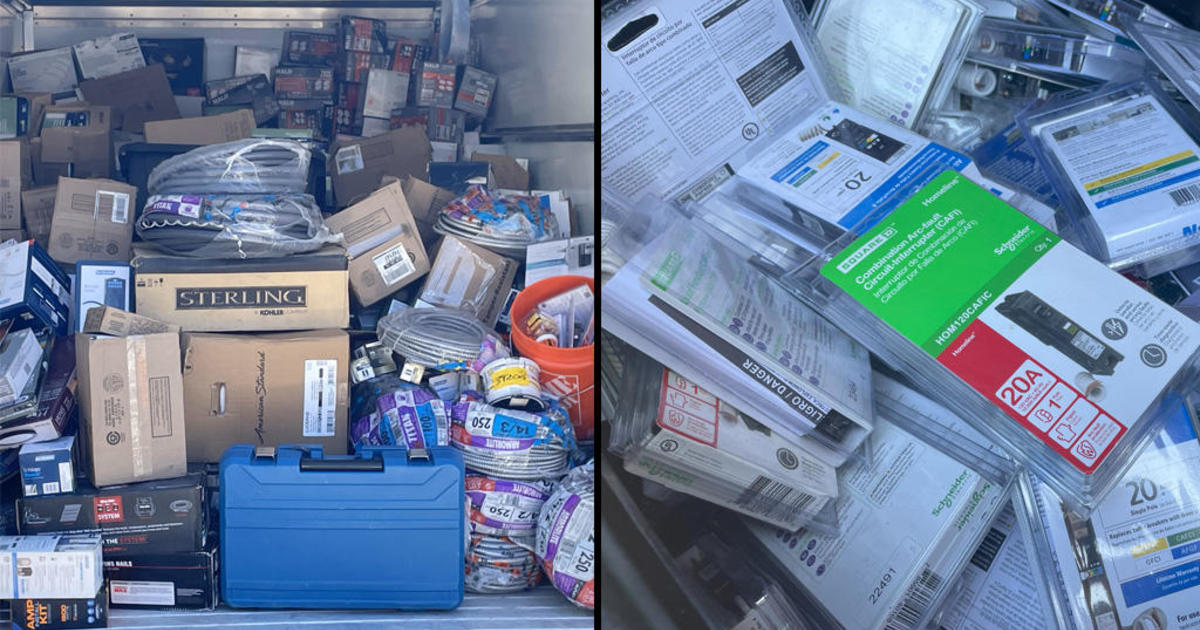Santa Clara County Ramps Up Health Care Infrastructure As COVID-19 Cases Surge
SAN JOSE (KPIX) -- Santa Clara County is preparing for a surge of coronavirus cases and treating the very ill by hiring more nurses, building a makeshift hospital and adding intensive care units to hospitals, officials said Friday.
But, they said, there is one tool that will help stop the spread of the virus -- social distancing.
"The treatment is still social distancing whether you're infected, sick, not sick, not infected; social distancing is the treatment," said County of Santa Clara Executive Officer Dr. Jeffrey Smith.
On Friday, Santa Clara County reported 32 new COVID-19 cases which took the county total to 574. The county also reported another death, pushing the death toll to 20.
When asked what grade Smith would give the public on social distancing nearly two weeks after the state's stay-at-home order went into effect, he said he would give a B+.
"Which means we can always do better but people are really trying hard," Smith said.
Smith said that, with no vaccine, obeying the order will not only help bring down the rate of infection and save lives, it will also give the health care system a chance to help the severely ill as we wait for an expected surge in COVID-19 cases.
Dr. Smith said it takes at least two weeks for social distancing to make an impact.
"Allow the health system to take care of the really sick people in an effective and efficient way and keep the less sick people out of the hospitals, at home, quarantined," Smith said.
The county just transformed the main hall of the Santa Clara Convention Center into a makeshift hospital, bringing in 250 cots, for recovering patients and those with mild symptoms.
"The mission of this medical station is to help ensure that our hospitals have the capacity to take care of the sickest patients," said county hospital surge planner Jennifer Tong.
County leaders said they are working on obtaining more ventilators, turning step-down units into intensive care units, hiring 119 nurses and are planning to request paramedic and ambulance teams test the homeless for the virus.
Smith said that, because the federal government treated the outbreak as a regional pandemic in the beginning by telling public health departments to test only those who traveled to China or came into contact with someone who traveled to the country, they did not get the complete picture of how prevalent the virus was in communities.
He said 80 percent who get the virus will come down with mild to moderate symptoms, the other 20 percent will become severely ill. Fewer than 10 percent will end up in the health care system.
"It's going to be challenging, it's not going to be pretty, things are going to get considerably worse for a while but we'll make it through," Smith said.



